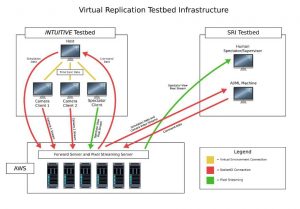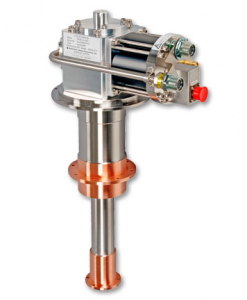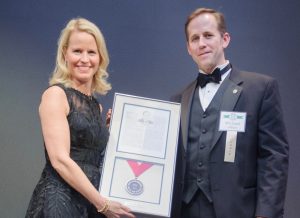Southern Research has been awarded a 5-year sole source contract renewal from NASA in the amount of $9.95 million to provide continued support of the Airborne Imaging and Recording System (AIRS) used on WB-57 research aircraft for more than a decade. This is the second sole source contract received by the Birmingham-based non-profit organization for work on this unique high altitude research program. The first was granted in 2011 for a total value of $28.5 million.
Southern Research began working on AIRS in 2003 in an effort to develop a high definition video imaging system capable of monitoring the upcoming NASA STS-114 Return to Flight shuttle launch following the Columbia accident. The technology was developed in a Southern Research lab and designed to affix to the nose cap of a WB-57 aircraft. In this capacity AIRS proved capable of providing full motion HD video of rocket launches ascending into space at distances far exceeding 25 miles.
Related: Southern Research celebrated the 10-year anniversary of AIRS in 2015.
“We consider it an honor to be able to support NASA, in any mission,” said Johanna Lewis, director, Program Management Office, Southern Research Engineering Division. “After the success of our initial AIRS project, NASA began to develop new applications for the technology, and we have been pleased to play an expanded role supporting NASA’s high-altitude research team ever since.”

The WB-57 is a unique plane. Originally designed as B-57 bombers, NASA first began to retrofit the planes in the 1960s to be used for science and research purposes — the “W” added to the name stands for weather. Today, there are only three WB-57s in service, and they are frequently flown at heights exceeding 60,000 feet, and at speeds reaching 410 knots (max mach .78).
Since the AIRS-equipped WB-57s were first used to provide full motion video of the NASA STS-114 launch in 2005, they have since monitored numerous launches and re-entries for government agencies such as NASA and DoD, as well as commercial launches such as SpaceX. Additionally, the AIRS technology has been used to conduct atmospheric research missions, high-altitude mapping, remote sensing operations and more. The WB-57 fleet is also used by NASA to conduct high-altitude training for astronauts.
“When it comes to working on and around the issues of space flight, there is endless possibility but no room for error,” said Michael D. Johns, Ph.D., vice president of the Engineering Division at Southern Research. “In order to be successful throughout the years, our team has embraced each new challenge with a level of dedication and professional intrigue that has allowed us to advance the AIRS technology and add value as partners in the expansion of the WB-57 program. The fact that NASA has honored us with a second sole source contract to continue this work is a signal that we have yet to cross the final frontier.”
See below for actual footage of SpaceX Falcon 9 CRS-4taken from the AIRS system on a WB-57.



